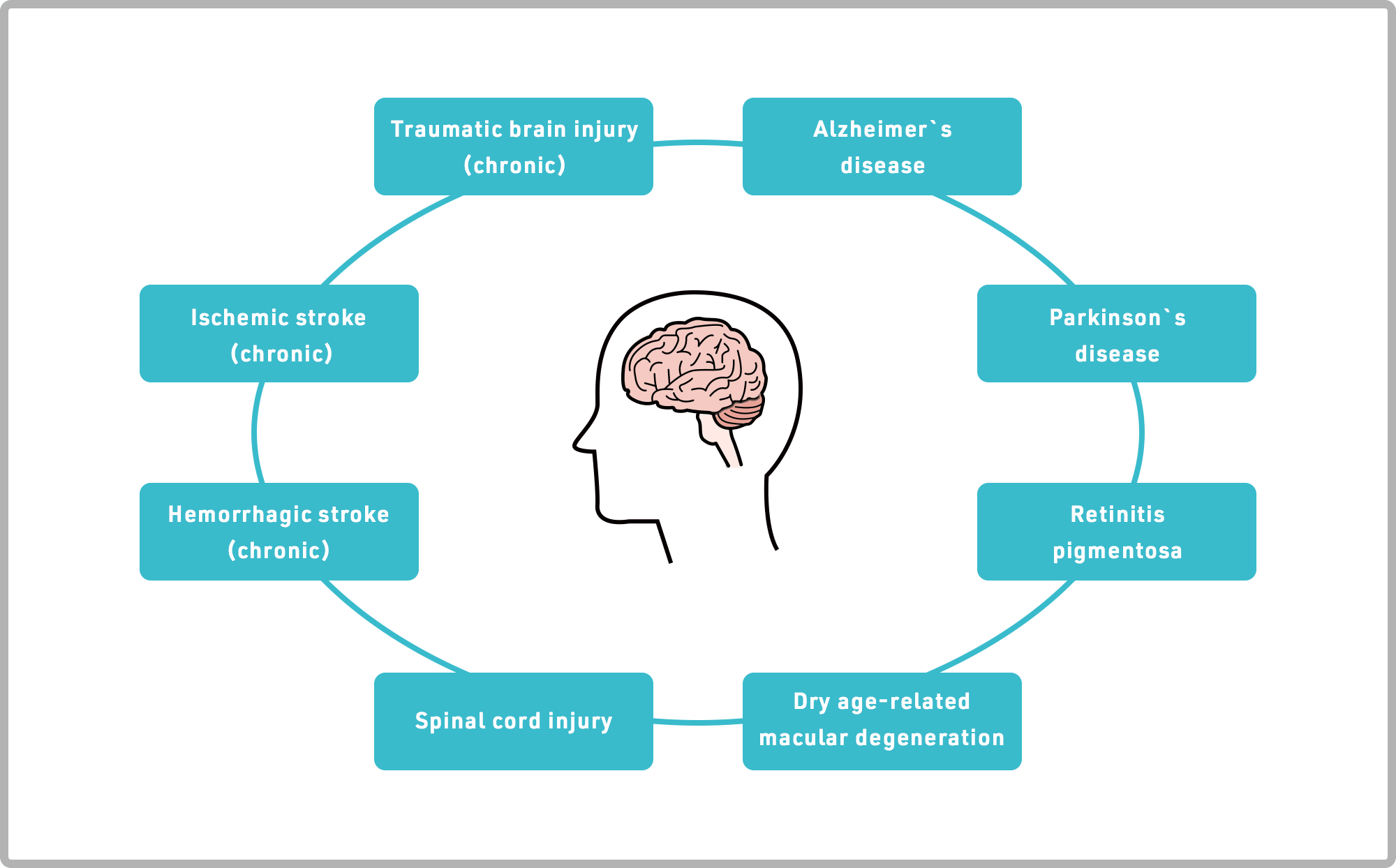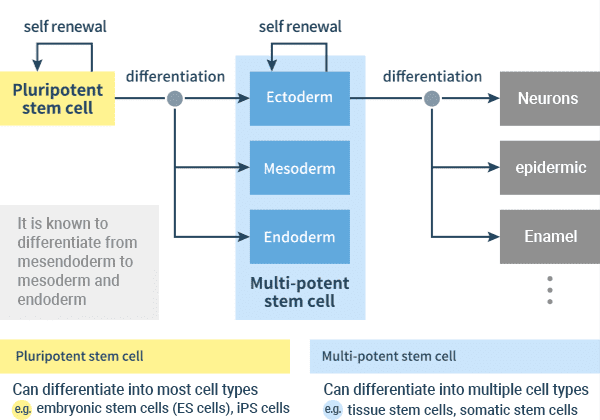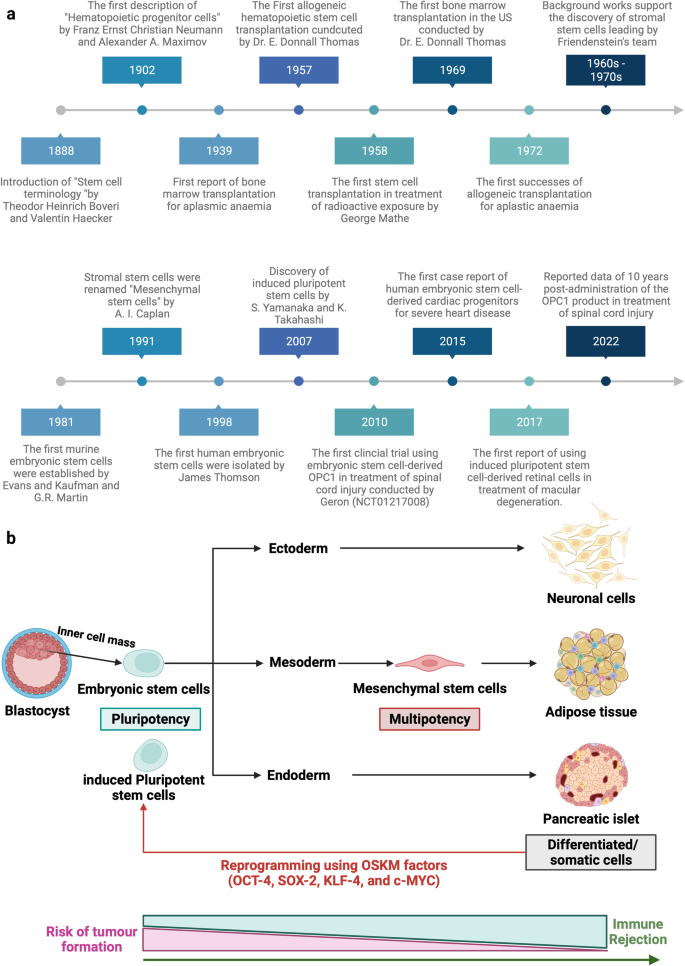Table of Contents

[/image][=video]
[/video]
Many websites utilized for bone marrow harvesting are situated in the hip bones and the breast bone. In recovery, the benefactor may experience some discomfort in the areas where the needle was inserted.

If an autologous transplant is prepared, formerly accumulated stem cells, from either peripheral (apheresis) or harvest, are counted, evaluated, and prepared to instill. The preparations for a bone marrow transplant vary depending on the kind of transplant, the disease requiring transplant, and your resistance for sure medications. Think about the following: Frequently, high doses of radiation treatment and/or radiation are included in the prep work.
This therapy is typically called ablative, or myeloablative, as a result of the result on the bone marrow. The bone marrow creates a lot of the blood cells in our body. Ablative therapy prevents this procedure of cell production and the marrow comes to be empty. A vacant marrow is needed to include the brand-new stem cells to expand and develop a new members cell manufacturing system.
It is not a surgical procedure to place the marrow into the bone, yet is comparable to receiving a blood transfusion. The stem cells find their method into the bone marrow and start duplicating and growing new, healthy blood cells. After the transplant, encouraging care is offered to avoid and treat infections, adverse effects of therapies, and problems.
Medical Group servicing Bay City, Michigan
The days before transplant are counted as minus days. The day of transplant is taken into consideration day absolutely no. Engraftment and recovery adhering to the transplant are counted as plus days. An individual might get in the health center on day -8 for preparative programs. The day of transplant is phoned number absolutely no. Days +1, +2, etc, will follow.
The days are phoned number to aid the patient and family members understand where they remain in terms of threats and discharge planning. During infusion of bone marrow, the client may experience the following: Discomfort Chills Fever Hives Upper body pain After infusion, the person might: Spend numerous weeks in the hospital Be very susceptible to infection Experience extreme bleeding Required blood transfusions Be constrained to a tidy environment Take numerous prescription antibiotics and other medicines Be given medicine to stop graft-versus-host diseaseif the transplant was allogeneic.
Relying on the kind of transplant and the illness being treated, engraftment usually happens around day +15 or +30. Blood counts will be inspected frequently throughout the days adhering to transplant to examine initiation and progression of engraftment. Platelets are typically the last blood cell to recuperate. Engraftment can be postponed as a result of infection, medicines, reduced contributed stem cell matter, or graft failure.
Microbial infections are the most usual. Viral and fungal infections can be deadly. Any type of infection can trigger a prolonged hospital stay, protect against or delay engraftment, and/or reason long-term body organ damage. Prescription antibiotics, antifungal medicines, and antiviral medications are commonly given to try to stop severe infection in the immunosuppressed patient. Thrombocytopenia (low platelets) and anemia (reduced red blood cells), as an outcome of a nonfunctioning bone marrow, can be harmful and also dangerous.
Discomfort pertaining to mouth sores and intestinal (GI) inflammation is typical. High dosages of chemotherapy and radiation can cause extreme mucositis (inflammation of the mouth and GI tract). Fluid overload is a complication that can result in pneumonia, liver damages, and high blood stress. The primary factor for fluid overload is due to the fact that the kidneys can not maintain up with the big amount of liquid being given up the type of intravenous (IV) medications, nourishment, and blood items.
Perimenopause Treatment

Respiratory status is an essential function that might be compromised during transplant. Infection, swelling of the respiratory tract, fluid overload, graft-versus-host condition, and bleeding are all prospective dangerous problems that might take place in the lungs and lung system. The liver and heart are essential body organs that may be damaged throughout the transplant procedure.
Failing of the graft (transplant) holding in the marrow is a potential problem. Graft failing might happen as an outcome of infection, recurrent disease, or if the stem cell matter of the given away marrow was not enough to cause engraftment. Graft-versus-host condition (GVHD) can be a significant and lethal complication of a bone marrow transplant.
In contrast to an organ transplant where the patient's body immune system will certainly attempt to turn down just the hair transplanted organ, in GVHD the brand-new or transplanted body immune system can assault the entire individual and all of his or her organs. This is due to the fact that the new cells do not identify the tissues and body organs of the recipient's body as self.

One of the most common websites for GVHD are GI system, liver, skin, and lungs. Diagnosis significantly depends upon the following: Sort of transplant Type and extent of the disease being treated Disease response to therapy Genes Your age and general wellness Your resistance of specific medicines, procedures, or therapies Seriousness of difficulties Similar to any type of procedure, in bone marrow transplant the prognosis and lasting survival can differ significantly from one person to another.
Menopause Treatment
Continuous follow-up treatment is vital for the patient adhering to a bone marrow transplant. New methods to enhance therapy and to reduce issues and adverse effects of a bone marrow transplant are continuously being discovered.
Accessed June 5, 2017. The hope is to restore damaged tissue that will certainly not sufficiently heal by itself. Regenerative medication therapies can be divided right into 3 classifications: help with recovery by injecting or putting live cells right into the client. Instances of cellular treatment include PRP and stem cell therapies, which can be made use of to treat tendinopathy and various other sporting activities injuries.
Peripheral nerves, for example, consist of Schwann cells, nerve fibroblasts, and immune cells, each playing a duty in nerve regeneration, as talked about below. Stem cell therapy is one of the most thoroughly researched and encouraging branches of cell regrowth therapy. Some cells, such as epithelial cells in the skin or the lining of the gastrointestinal system, have a high turnover turn over price can regenerate quicklyPromptly
Navigation
Latest Posts
Perimenopause Treatment around Bay City
Stem Cell Therapy in Bay City
Medical Group